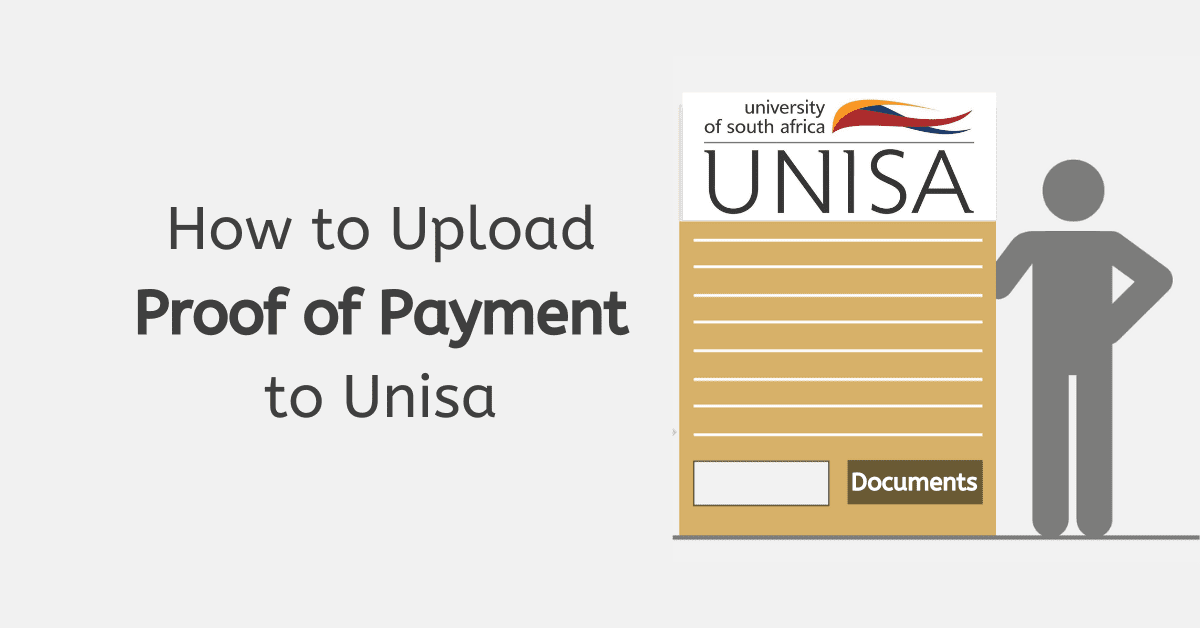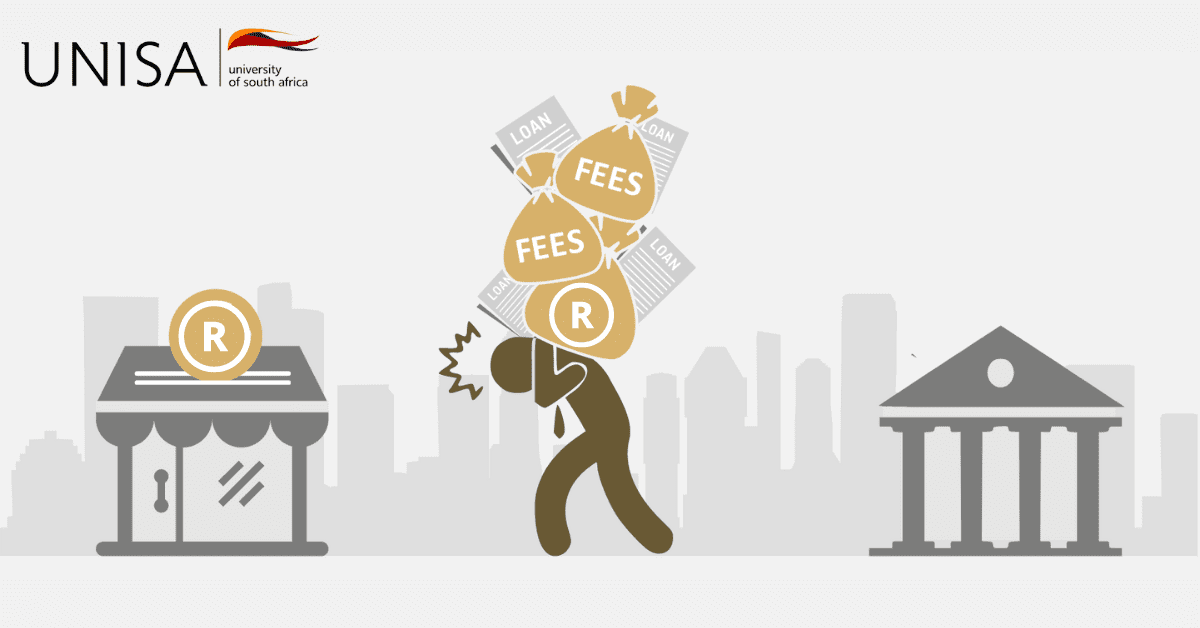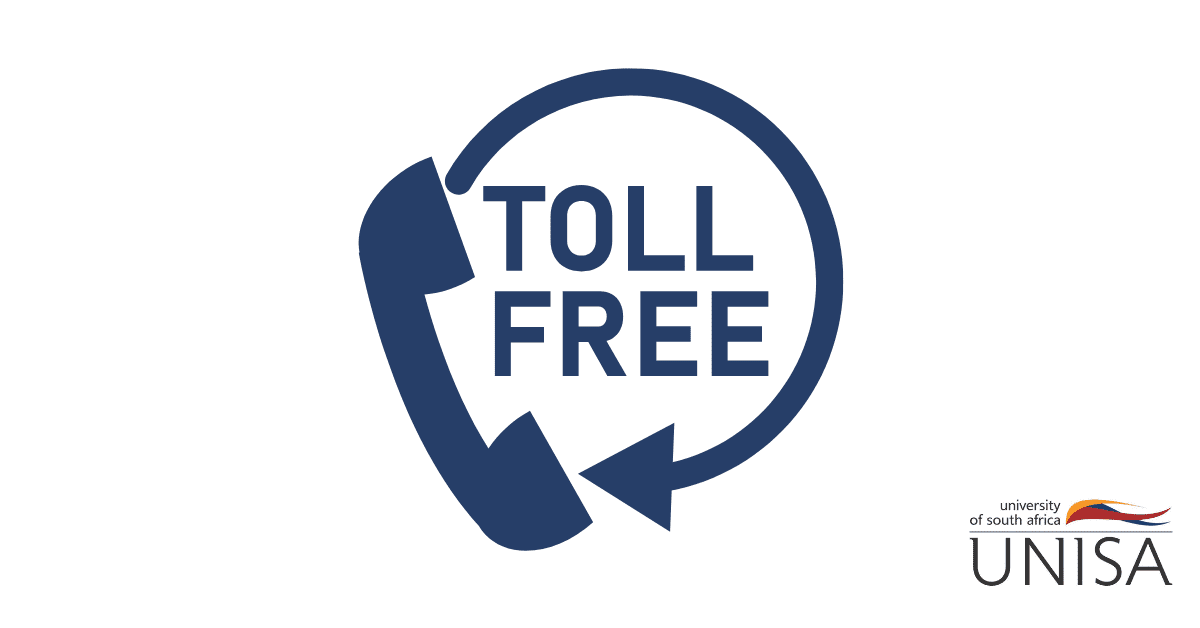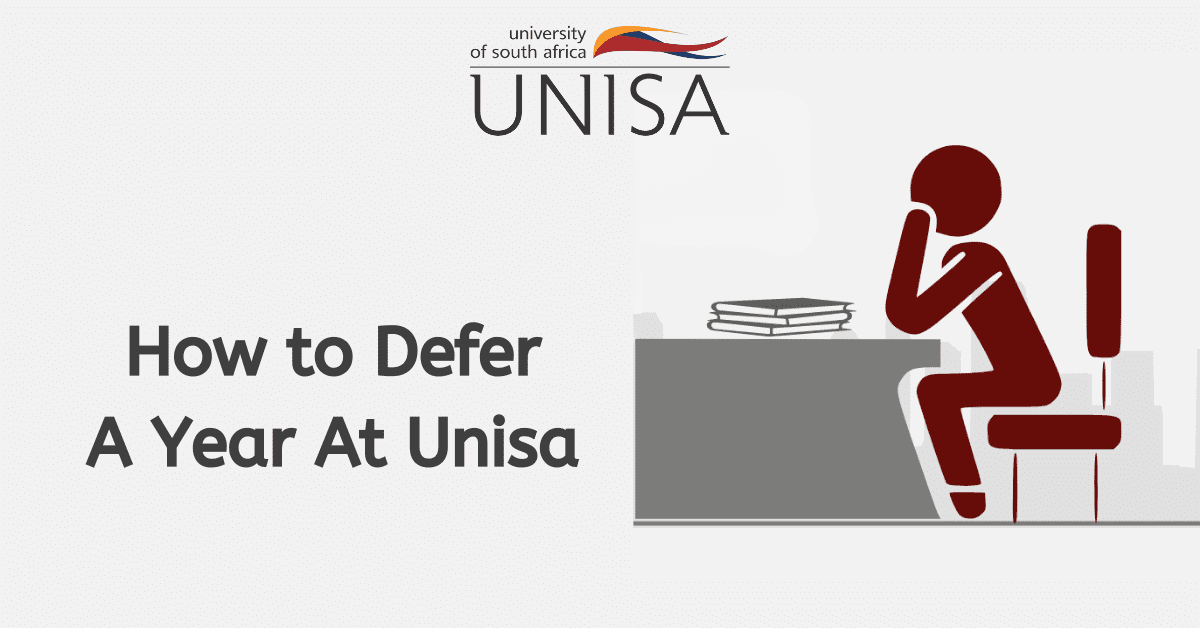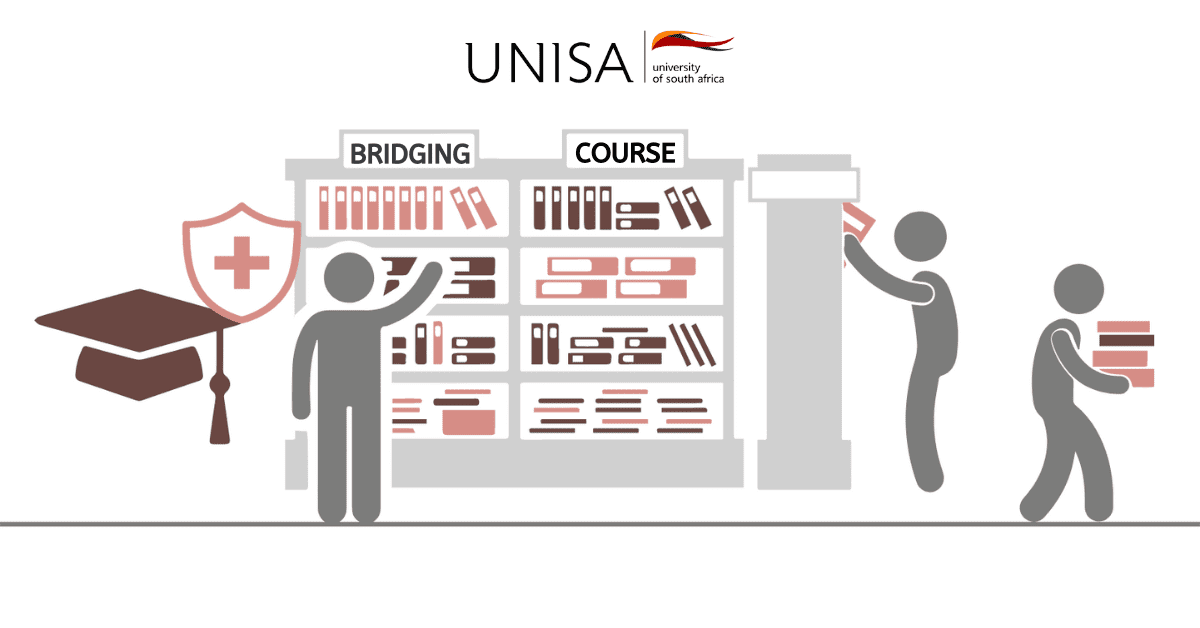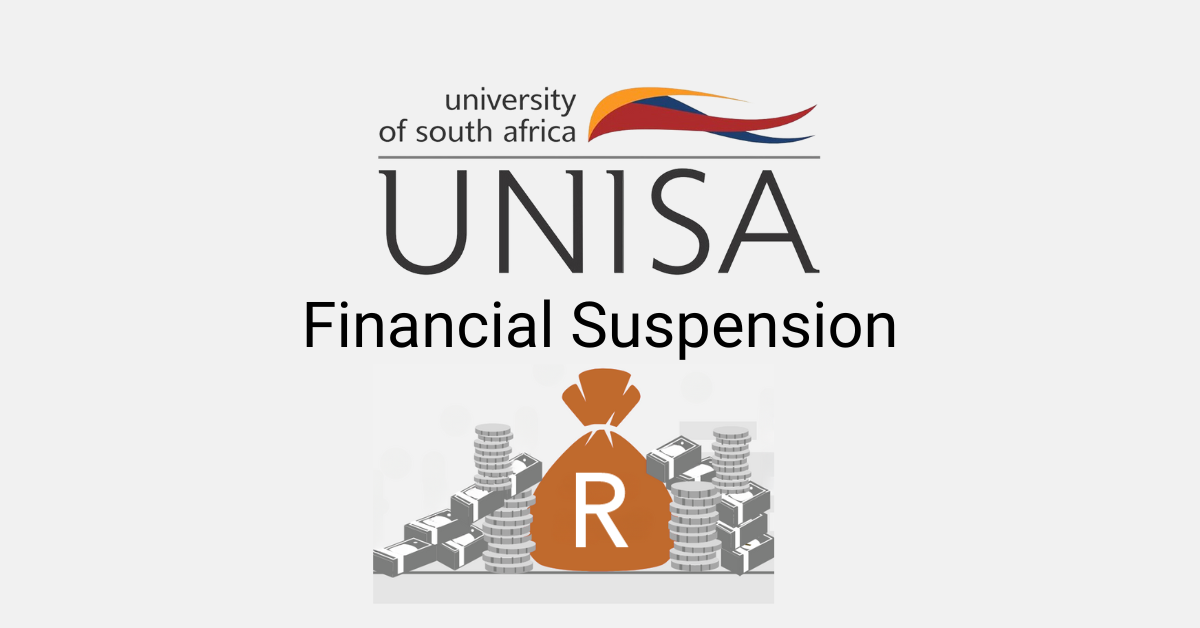UNISA set up the credit and module system to make education easier to get and cheaper cheap for students. The system breaks up the usual way of doing things by semester and lets students sign up for classes that work with their schedules. Students can work toward a qualification at their own pace by adding up the credits they earn from every course. The module method also lets students learn in a more focused and specialized way, so they can make their education fit their career goals. The UNISA modular method is a great way to make college accessible and affordable in South Africa.
If you find yourself studying at UNISA, it is important to understand the complexity of the module and credit system. And as we continue to give insight to our readers, we will be looking at how to calculate credits at UNISA, the number of modules that make 60 credits, and many more.
How to Calculate Unisa Credits
The University of South Africa (UNISA), a famous university for learning, is an institution that provides academic accreditation in the form of UNISA credits to its students. UNISA credits are a key factor in calculating a student’s overall progress toward the completion of their qualification.
UNISA credits are determined by the university using a formula that takes into account a variety of different aspects, such as the number of modules, the length of time spent on each module, and the degree of difficulty associated with the module.
As an example a module that is longer (lasting 12 weeks) and more complicated (having a higher level of difficulty) may be worth more credits than a module that is shorter (lasting 8 weeks) and easier (having a lower level of complexity).
In general, UNISA credits are an essential component of the credit system at the university. They serve as a standardized indicator of a student’s level of academic achievement and make it easier for students to get the qualifications of their choice.
Assume UNISA (University of South Africa) uses a credit-based system in which each course is allocated a set amount of credits based on its workload and complexity. Assume a normal undergraduate course at UNISA is worth 12 credits.
Consider an undergraduate student enrolled in a Bachelor’s degree program who needs to earn 360 credits in order to graduate. Each semester, the student takes a mix of required and elective courses, and the credits are applied to their degree requirements.
Let us break down a semester for the student:
Courses Required: English (6 credits)
Philosophy – 12 credits
Geography – 12 credits
Introduction to Psychology (12 credits) is an elective course.
(12 credits) Introduction to Economics
Total semester credits = 6 + 12 + 12 + 12 + 12 = 54 credits
If the student finishes 54 credits in one semester, they will have completed 54 credits toward their entire degree requirements. To graduate, the student would need to acquire a total of 360 credits throughout the length of the program.
How many modules are 60 credits?
So 60 credits at UNISA would be about similar to 5 modules. However, this may change based on the exact degree or course, as UNISA’s credit system may have additional prerequisites or credit values for some courses. For accurate and up-to-date information about UNISA’s credit system, it is always advisable to reference UNISA’s official academic regulations and guidelines.
The University of South Africa (UNISA) bases a module’s credit value on the workload and course difficulty. A module at UNISA typically carries 12 credits.
In order to get the number of modules that are equal to 60 credits, divide 60 by the number of credits in each module.
Total credits / Module Credit Value = Number of Modules
120 credits divided by 12 modules is the number of modules.
The module count is 5 modules.
How do you get credits at Unisa?
These credits are also used to measure the amount of work and difficulty involved in a particular course or module. The amount of difficulty, length of time, and breadth of content covered in a course all factor into how many credits a student receives, with one credit often equating to ten hours of work from the student.
A normal university class, for instance, might be worth 12 credits, which would translate to a total of 120 hours of work on the part of the student.
There is a possibility that a postgraduate course will be worth 24 credits, which is comparable to 240 hours of student work.
In order for students to graduate with a qualification such as a bachelor’s degree, master’s degree, or doctoral degree, they are required to earn a certain amount of credits over the course of their studies.
How many credits is each module at Unisa?
To simplify the number of credits that sums up to a module, it is important to understand how the UNISA credit and module system works.
Undergraduate courses at Unisa usually have 12 credits. Each module is matched to a certain level that must be completed to move to the next stage. For example, 30 modules of 12 credits each make up a 360-credit bachelor’s degree. It is known that each module at UNISA is exactly 12 credits.
How long are Unisa credits valid for?
As a student at Unisa, it is important to be aware of the basic requirements that must be met in order to maintain your enrollment at the university. These requirements are in place to ensure that students are meeting academic standards and making satisfactory progress toward their degrees. It is considered that UNSIA credits are valid within a certain given period by the institution. Each credit at UNISA is valid for 10 years. Once you apply to study at UNISA and your course begins to roll, you are required to be pegged to the period until you complete. This certainly confirms it validity and also provides an assurance of any future transfer.
